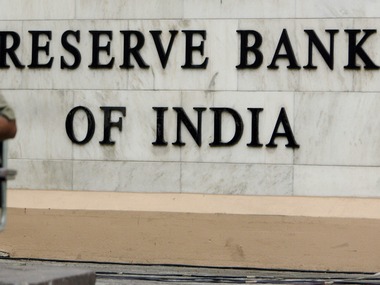The Reserve Bank of India unexpectedly cut its key policy rate, the repo rate, by another 25 basis points to 7.5 percent, committing itself wholeheartedly to push for growth as inflation is on the softer side. In an early morning press release the central banks said that the “softer readings on inflation are expected to come in through the first half of 2015-16 before firming up to below 6 per cent in the second half. [caption id=“attachment_2134831” align=“alignleft” width=“380”]  Reuters[/caption] It also exuded confidence in the government’s fiscal consolidation exercise saying “The fiscal consolidation programme, while delayed, may compensate in quality, especially if state governments are cooperative.” The bank’s concern for growth was evident as it said: “Given low capacity utilisation and still-weak indicators of production and credit off-take, it is appropriate for the Reserve Bank to be pre-emptive in its policy action to utilise available space for monetary accommodation.” The RBI, however, has kept the cash reserve ratio, or the proportion of funds banks need to keep with it, unchanged at 4 percent. Explaining the rational behind the out-of-policy-review rate cut, the bank said the weak state of certain sectors of the economy as well as the global trend towards easing suggest that any policy action should be anticipatory once sufficient data support the policy stance. Also with the release of the agreement on the monetary policy framework, it is appropriate for the Reserve Bank to offer guidance on how it will implement the mandate. The next bi-monthly policy statement of the central bank was scheduled for 7 April. Call for an early rate cut from the RBI had got a fresh impetus after the Budget gave a clear roadmap to the commitment to fiscal prudence. Industry and government had urged the RBI to act pointing out the sliding inflation and the lowly 1.8 percent core sector growth. Read the full statement here
In an early morning press release the central banks said that the “softer readings on inflation are expected to come in through the first half of 2015-16 before firming up to below 6 per cent in the second half.
Advertisement
End of Article


)

)
)
)
)
)
)
)
)



